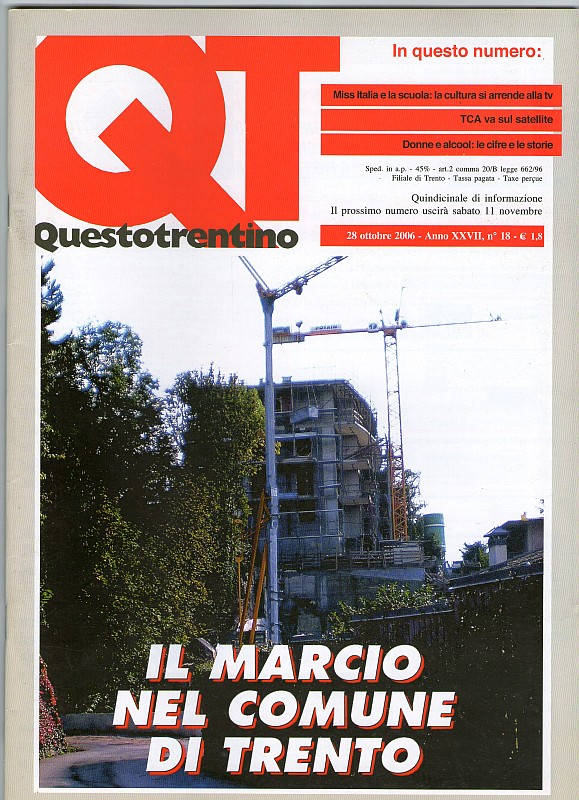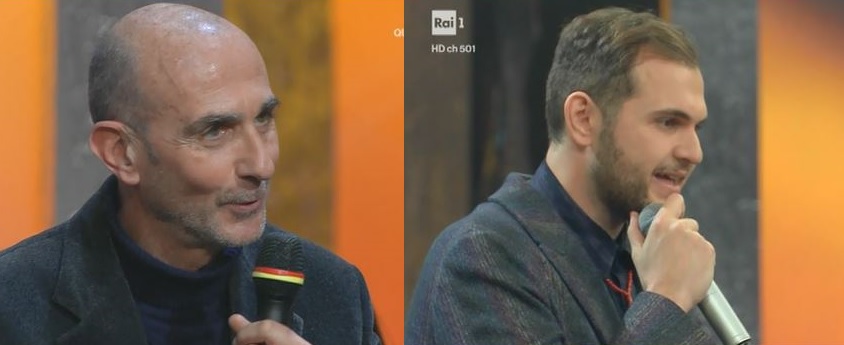

The envelope consists of a timber frame system on the concrete foundation clad in larch boards that are known for their natural weather resistanceand longevity, and are a traditional building material in the region. the interior lighting scheme is made possible due to LED bar lights embedded into the ground plane with adjustable color temperatures that mimic the natural light spectrum, reflecting off of the aluminum-clad interior walls to offset exterior lighting conditions year-round. the entire northern and southern facades are completely glazed the north allowing panoramic views – the south accepting winter rays for passive heating.the transparent thresholds are inset from the exterior corten envelope shading the interior in the summer keeping it cooler, and are meant to take on an invisible nature to blend the exterior and interior spaces. The studio is conceived of as a ‘daylight funnel,’ creating an intrinsic relationship with natural and artificial lights to provide visual comfort, regulateinternal temperatures, and assist in the human perception of space and time throughout the changing seasons and circadian cycles. tvzeb is designed with the principles of deconstruction in mind: only a subtle foundation of two parallel longitudinalreinforced concrete beams are fixed into the ground with 30 mm-diameter bars, while most of the remaining components are CNC-milled or locallyhandcrafted parts assembled on-site. designed by a collaborative effort between italian practice traverso-vighy – for whom the structure is for – and the university of padua’s department of technical physics, the project conforms with new EU standards whereby all public buildings as of 2020 must produce zero carbon is located in the mountains just outside of vicenza’s city center in nothern italy where hot humid summers transition into cold foggy winterswith an ever-changing natural landscape. The ‘tvzeb’ architecture studio is a building which takes on all facets of sustainability from the physical construction and assembly to the use and feelof the space. Users should refer to the original published version of the material for the full abstract.‘tvzeb’ by traverso-vighy, vicenza, italyall images courtesy of tvzeb No warranty is given about the accuracy of the copy. However, users may print, download, or email articles for individual use. Copyright of Journal of Diabetes Research is the property of Hindawi Limited and its content may not be copied or emailed to multiple sites or posted to a listserv without the copyright holder's express written permission.These results suggest that therapeutic strategies useful in preventing or delaying the onset of diabetic vascular complications should be aimed to preserve Ang-1 signaling.

In conclusion, we demonstrated that both hyperglycemia and AGEs affect the angiopoietin-Tie-2 system by impairing Ang-1/Tie-2 signaling and by increasing Ang-2 expression. Furthermore, AGEs and/or HG induced nuclear translocation of FoxO1 and increased Ang-2 production. HG and AGEs reduced phosphorylation of Akt and abrogated phosphorylation of FoxO1 induced by Ang-1 without affecting neither Tie-2 expression nor its activation. Since angiopoietin-1 (Ang-1) signaling regulates angiopoietin-2 (Ang-2) expression through inactivation of the forkhead transcription factor FoxO1, we investigated intracellular signaling of Ang-1 and expression of Ang-2. We found that culture for 5 days in the presence of AGEs and HG (alone or in combination) decreased cell proliferation, increased reactive oxygen species (ROS) production, and reduced ratio between the oxidized and the reduced form of glutathione. Here, we investigated whether glycated serum (GS) or hyperglycemia (HG) affect the angiopoietin-Tie-2 system in the microvascular endothelial cells HMEC-1.


Hyperglycemia and advanced glycation end-products (AGEs) are involved in endothelial cell dysfunction responsible of the pathogenesis of microvascular complications of diabetes. Abstract: The angiopoietin-Tie-2 system plays a crucial role in the maintenance of endothelial integrity.


 0 kommentar(er)
0 kommentar(er)
